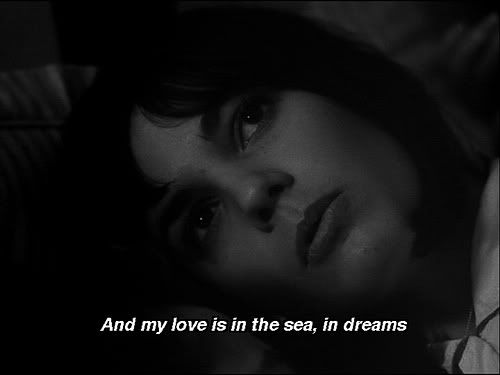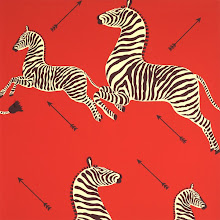 A recent article from BBC on artist Jason de Caires Taylor and his haunting subaquatic stone populous... "Creator of the world’s first underwater sculpture park, as gained international recognition for his unique work. His sculptures highlight ecological processes whilst exploring the intricate relationships between modern art and the environment. By using sculptures to create artificial reefs, the artist’s interventions promote hope and recovery, and underline our need to understand and protect the natural world."
A recent article from BBC on artist Jason de Caires Taylor and his haunting subaquatic stone populous... "Creator of the world’s first underwater sculpture park, as gained international recognition for his unique work. His sculptures highlight ecological processes whilst exploring the intricate relationships between modern art and the environment. By using sculptures to create artificial reefs, the artist’s interventions promote hope and recovery, and underline our need to understand and protect the natural world."I've spent the afternoon and evening enjoying the lonely sense of abandonment these images leave me with. I've often pondered my love of the seas and oceans, coupled with an almost instinctual fear of the unknown and awed longing to be swept alone and under. Trapped and quietly settled, blooming, oppressed and at once consumed. Since I began to wonder at it, I've come to the conclusion that the first time I can recall noticing this feeling; identifying it, was while watching the film The Piano, a favorite (along with the intensely amorous soundtrack, by genius michael nyman). The end of the film finds the Heroine selectively tethered to the film's namesake and plunging beneath the cold depths off the coast of New Zealand. Complacent. Beautiful.
Anyways, almost immediately, the article made me think of this:
 This intriguing object is comprised of 16th-century Thai ceramic bowls that became fused to natural coral after sitting at the bottom of the ocean for two centuries...
This intriguing object is comprised of 16th-century Thai ceramic bowls that became fused to natural coral after sitting at the bottom of the ocean for two centuries...From there I mused about online, admiring structures eroded and/or changed by water and the underwater world, mindful of rust and tarnish, organic additions etc.
 This Medusa head was inverted by early Christians as a final show of triumph over the pagans; origins are unknown. Located in the Basilica Cistern, just one of hundreds located beneath Istanbul, which is known as the "Sunken Palace" and lies about 500 ft *south* west of the phenomenal Hagia Sophia. (there's also a 'Bond' coincidence in there somewhere...but I won't get into that).
This Medusa head was inverted by early Christians as a final show of triumph over the pagans; origins are unknown. Located in the Basilica Cistern, just one of hundreds located beneath Istanbul, which is known as the "Sunken Palace" and lies about 500 ft *south* west of the phenomenal Hagia Sophia. (there's also a 'Bond' coincidence in there somewhere...but I won't get into that).Finally,

the Reed Flute Cave, located outside the city of Guilin in China, is considered by many travelers and cave enthusiasts to be one of the most interesting on the planet. It has become a bit of a travel destination and has been fitted with substantial lighting and overly tourist-friendly commercialized attributes which unfortunately take away from the grandness and humility natural structures like this inspire. Some 70 inscriptions on the cave wall are said to be travelogues and poems derived from the Tang Dynasty. Upon investigating the area a bit from an article I read recently on HOMA & Yuzi Paradise, I adore Guilin...This particular vantage calls to mind the garishly fantastical-unnatural saturations of Maxfield Parrish.





No comments:
Post a Comment